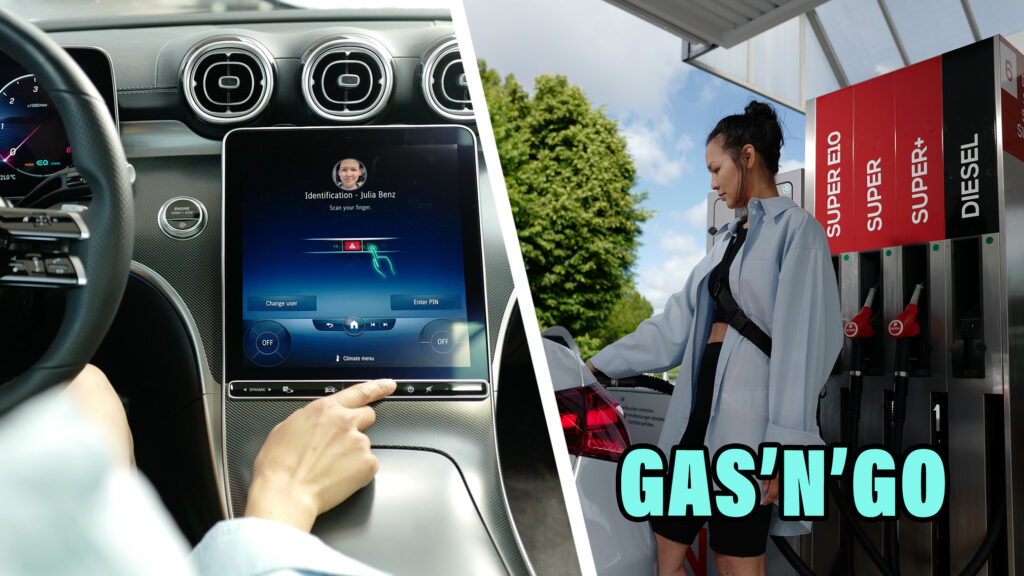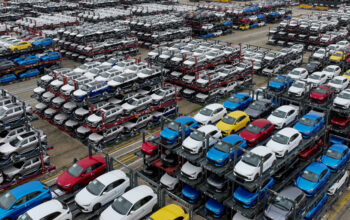Mercedes and Mastercard have teamed up for new Mercedes pay+ system that’s initially available at 3,600 German service stations
1 hour ago
 –>
–> 
–>
If you’re trying to shift some pounds from your waistline, filling up you car with fuel can be a nightmare. There are just so many calorie-laden temptations desperate to ambush you when you go inside the service station building to pay.
Avoiding those temptations has become easier in recent years thanks to on-pump credit card machines and phone-app payment systems available for both ICE and EV cars, but now Mercedes wants to simplify the process even further by letting you pay for your fuel using your car’s infotainment screen. This isn’t the first time we’ve seen this kind of tech – Buick introduced something similar in 2018 in the U.S., but the Mercedes system uses fingerprint recognition to make payments.
The Mercedes me Fuel & Pay software is activated automatically and appears on the MBUX infotainment screen when the driver reaches a connected service station and switches off the engine. The car will calculate the total price of a fill before refueling has even started by measuring how much space there is in the tank and multiplying it by the price per gallon (or liter) at the service station in question. To make the payment the driver using a fingerprint to authorize the sale via the dash screen and then receives an invoice as an email.
advertisement scroll to continue
Related: Forget Paying At The Pump, Apple Wants You To Buy Fuel From Your Infotainment Screen

The program is a joint operation between Mercedes and Mastercard and is initially only available at 3,600 service stations across Germany, though a global rollout seems likely. A study conducted by the German market research company GfK on behalf of Mastercard shows that around half of 18- to 39-year-olds would order and pay for services and goods directly via the infotainment display, and 60 percent would pay for petrol or EV charging.
The obvious problem with this idea is that you still have to get out of the car to attach the EV cable or insert the fuel nozzle because many countries have done away with the old-style gas pump attendants that used to work at every service station. Maybe this kind of tech will force a return to attended pumps, or, more likely, we’ll see robots doing that job in the next few years.

 <!–
<!– –>
–> 

